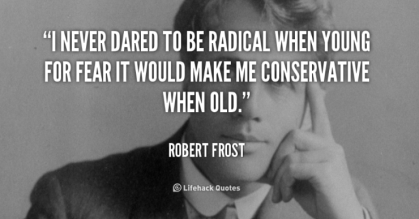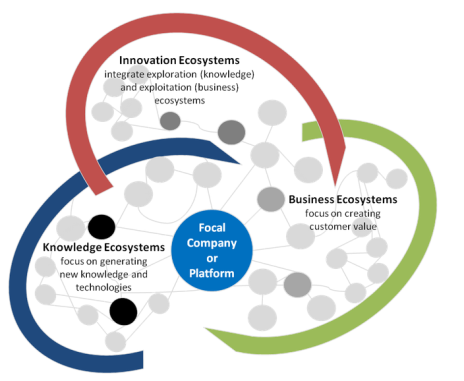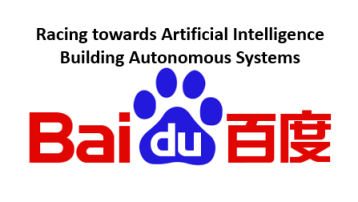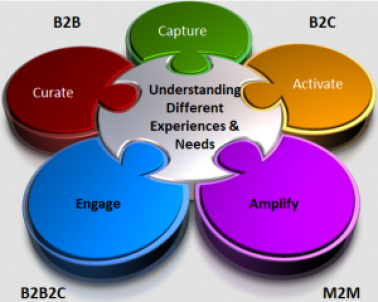 I see the growing importance of ecosystems and platforms for those that want a thriving future, these are the ones that simply “get this” need to connect into a wider ecosystem to build better value and solutions that customers want. The business imperative of today and near-term future is designing around ecosystems that seek out collaborative platform solutions.
I see the growing importance of ecosystems and platforms for those that want a thriving future, these are the ones that simply “get this” need to connect into a wider ecosystem to build better value and solutions that customers want. The business imperative of today and near-term future is designing around ecosystems that seek out collaborative platform solutions.
Regretfully for those that don’t, the ones that hang on to the belief that their island of knowledge and their product offering are still good enough to meet the customer needs will face a very uncertain and bumpy future.
This is a delusion, utterly deluding, to continue as you have previously, as customers are today looking at “connected experiences” and these come out of far more complex back-ends of delivery, orchestrated on platforms, where the leverage of partners, technology, and common cause come together in highly collaborative ways. Also working on solutions that are recognizing that the front delivery end provides simplicity, ease of access and completion of the service or experience customers are looking for, far more as providing a more complete comprehensive, connected solution to their needs.

 We are told that the company with the most data will win. To get the real edge it is to have and train algorithms that interpret the intelligence and here you need to understand the value of AI (Artificial Intelligence).
We are told that the company with the most data will win. To get the real edge it is to have and train algorithms that interpret the intelligence and here you need to understand the value of AI (Artificial Intelligence). I’ve been interested in what constitutes a “platform” and how platforms spawn and nurture ecosystems for quite some time. We’ve been exploring these ideas in this blog over the last few months.
I’ve been interested in what constitutes a “platform” and how platforms spawn and nurture ecosystems for quite some time. We’ve been exploring these ideas in this blog over the last few months. Many innovators are familiar with the concept of the
Many innovators are familiar with the concept of the  There are significant differences between the ecosystems we might consider. Let’s reflect a little here, some recap and explore some further thoughts.
There are significant differences between the ecosystems we might consider. Let’s reflect a little here, some recap and explore some further thoughts.
 In case you were hibernating or out of range of cell cover or WiFi during the last few days, you know that Amazon has made an offer to acquire Whole Foods.
In case you were hibernating or out of range of cell cover or WiFi during the last few days, you know that Amazon has made an offer to acquire Whole Foods.
 It had to come to this eventually. The emergence of Blockchain and distributed ledger systems illustrates how innovation is moving from focus on products and services, which are interesting but don’t provide a long-lasting competitive advantage, to a focus on platforms and ecosystems.
It had to come to this eventually. The emergence of Blockchain and distributed ledger systems illustrates how innovation is moving from focus on products and services, which are interesting but don’t provide a long-lasting competitive advantage, to a focus on platforms and ecosystems.